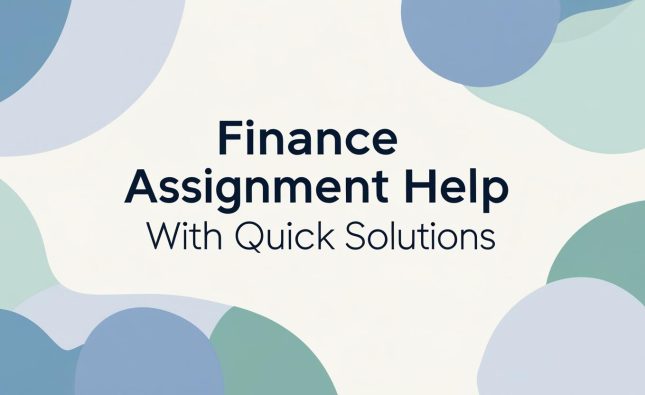
As the world grapples with the economic impact of the COVID-19 pandemic, companies are increasingly facing tough decisions to stay afloat. EY, one of the world’s largest professional services firms, made headlines recently when it announced its decision to cut thousands of jobs in response to the crisis. The move has sparked widespread discussion and debate about how companies can navigate these challenging times without sacrificing their employees’ well-being. In this blog post, we’ll explore some of the factors that led to EY’s decision, examine its impact on employees, and draw valuable lessons for other businesses facing similar challenges.
EY’s decision to cut thousands of jobs
EY’s decision to cut thousands of jobs was a stark reminder of the economic realities facing companies today. The professional services firm is just one example of many businesses that have been forced to make tough choices in response to the COVID-19 pandemic.
The decision was driven by several factors, including a decline in demand for certain services, as well as cost-cutting measures aimed at preserving profitability. While these factors are understandable from a business perspective, they also raise important questions about how companies balance their financial imperatives with their obligations to employees and society more broadly.
Additionally, EY’s move points to broader shifts underway in the professional services industry. As technology continues to disrupt traditional business models, firms like EY must adapt quickly or risk being left behind. This means embracing new ways of working and investing in innovative solutions that can help them stay competitive while also remaining true to their core values and mission statement.
In short, EY’s decision reflects both the challenges and opportunities facing companies today. By understanding the complex forces driving change across industries and staying attuned to employee needs and concerns, businesses can better navigate this rapidly evolving landscape.
The factors that led to this decision
The decision by EY to cut thousands of jobs was not a rash one. There were various factors that led to this difficult but necessary decision.
One major factor was the impact of the COVID-19 pandemic on the economy. Many businesses, including EY’s clients, had been struggling financially due to lockdowns and reduced economic activity. This meant less work for EY and ultimately resulted in a decline in revenue.
Another factor is the changing nature of client demands. Clients are increasingly seeking more specialized services which require fewer staff members but with specific skill sets. This means that firms like EY have had to adapt their workforce accordingly or risk losing business.
Moreover, increased competition from other professional service firms has also played a role in this decision as companies compete on price and specialization, leading to cost-cutting measures such as reducing headcount.
It’s worth noting that technology has also impacted job cuts at EY. With advancements in automation and artificial intelligence becoming more prevalent across industries, there is greater pressure for professional service firms to invest heavily in digital transformation initiatives in order to remain competitive.
These factors combined made it necessary for EY to make tough decisions about its workforce size and structure moving forward.
The impact of the decision on employees
The decision of EY to cut thousands of jobs didn’t only affect the company’s financial standing but also impacted its employees. Losing one’s job is a stressful event that can cause anxiety, stress, and uncertainty about the future.
For those who lost their jobs at EY, it meant suddenly having to deal with unemployment during an unstable economic climate. It also resulted in losing company benefits such as health insurance and retirement plans. The emotional impact of losing a job shouldn’t be underestimated either; people may feel like they’ve failed or become worried about how they’ll support themselves and their families.
Additionally, finding another job has become significantly more challenging due to high unemployment rates caused by COVID-19. The pandemic has made it difficult for many businesses to stay afloat which means there are fewer opportunities available for workers who have been let go.
Cutting jobs can have serious consequences on employees beyond just financial implications. Companies must take into account the human cost when making these decisions and provide assistance where possible to help affected individuals transition smoothly into new employment opportunities.
The lessons learned from this experience
One of the lessons learned from EY’s decision to cut thousands of jobs is that companies must be prepared for unexpected changes. It is essential to have a contingency plan in place, which can help mitigate the impact of unforeseen events on employees and business operations.
Another lesson learned is that communication plays a critical role in such situations. Companies should communicate effectively with their employees about any impending changes and provide support during the transition period.
Additionally, this experience highlights the importance of focusing on long-term sustainability rather than short-term gains. By prioritizing sustainable growth strategies over cost-cutting measures, companies can create a more stable and resilient future for themselves and their employees.
Furthermore, it emphasizes the need for organizations to prioritize employee well-being in times of crisis or restructuring. Providing emotional support, access to resources such as counseling services or job training programs can make all the difference during difficult times.
This experience underscores the importance of flexibility and adaptability in today’s rapidly changing business environment. Companies must be willing to pivot quickly when necessary while still maintaining their core values and mission statement. Being agile enables businesses not only survive but thrive amidst challenging circumstances like those faced by EY recently.
Insights for companies facing similar challenges
Navigating through a crisis is never easy, but companies can learn from EY’s experience and come out stronger on the other side. When facing similar challenges, it’s important for companies to:
1. Prioritize communication: Keeping employees informed throughout the process can help alleviate anxiety and build trust.
2. Be transparent about decision-making: Being open about why certain decisions were made can prevent rumors and misinformation from spreading.
3. Offer support to affected employees: Providing resources such as career counseling or severance packages shows that the company values its employees even during difficult times.
4. Explore alternative solutions before resorting to layoffs: Companies should consider all options before making drastic changes that affect their workforce.
5. Prepare for future crises: Creating contingency plans and building resilience into business operations can better equip companies to weather unexpected events.
By following these insights, companies facing similar challenges can make tough decisions with empathy, transparency, and preparedness in mind. Ultimately, prioritizing employee well-being will not only benefit those affected but also contribute to long-term success for the company as a whole.










